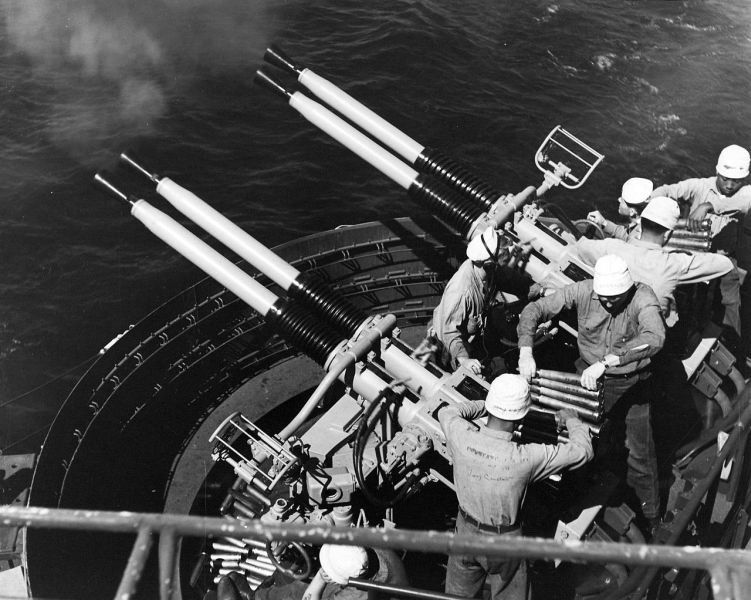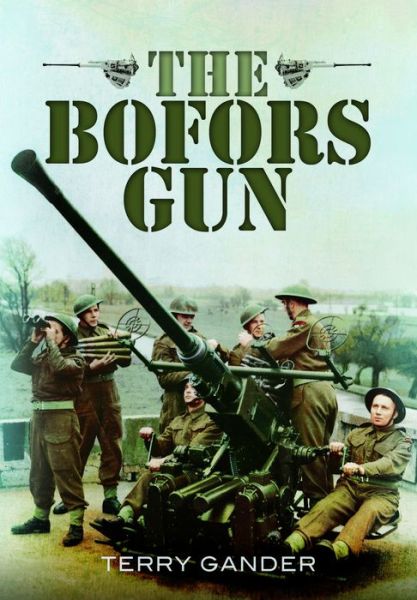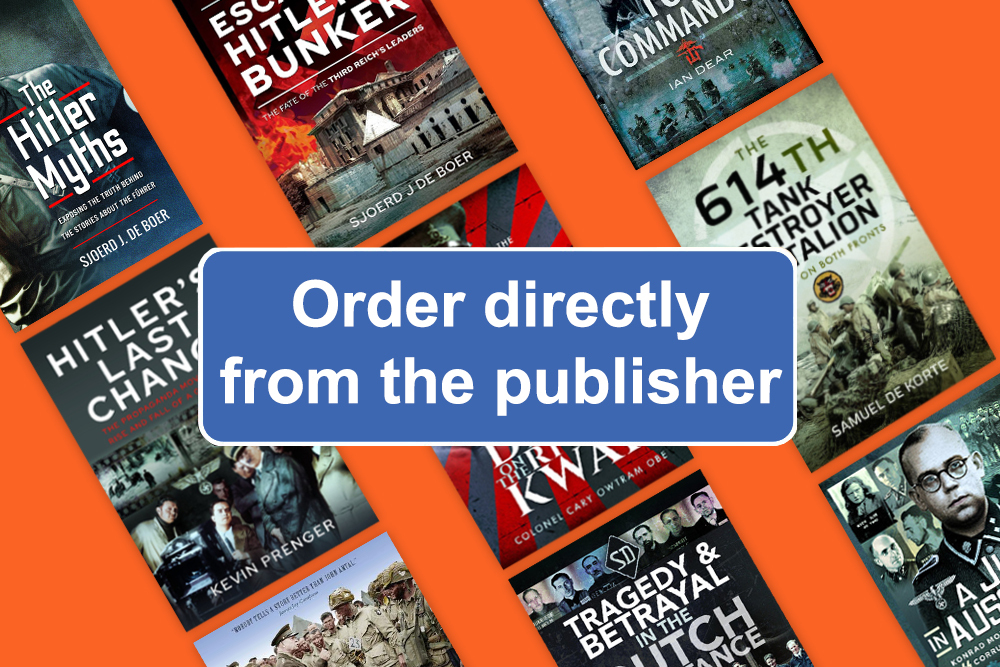| Title: | The Bofors Gun |
| Author: | Terry Gander |
| Publisher: | Pen & Sword Books |
| Released: | 2013 |
| ISBN: | 9781783462025 |
| Pages: | 260 |
| Review: |
‘The Bofors 40mm Anti- Aircraft Gun’ would have been a better title for ‘The Bofors Gun’, since the book only describes the Bofors 40mm anti- aircraft gun. This anti-aircraft weapon was generally called ‘ the Bofors gun’. Before, during and after World War Two, the Swedish Bofors company produced guns in a wide variety of calibers. The 40mm Bofors anti-aircraft gun, which was developed and produced for the first time in the early 1930s, is one of the best known artillery pieces of all time. Even today, the 4cm rapid firing gun is still in use in a large number of countries, albeit for other purposes than air defence only. Nowadays the 40mm guns are usually controlled by modern electronics meaning that the uses for the weapon are almost limitless. When the gun was brought to the international market, military planes were slow and not always very agile. This meant that the quick firing gun did not need electronic fire control. Despite changes in modern aiming ,tracking, targeting and other auxiliary devices and improvements in shell technology, the gun itself changed little during the past eight decades. The British author Teddy Gander is an authority in the field of the history of artillery and armoured fighting vehicles during the Second World War and has published many books on these subjects. He describes the 40mm Bofors gun starting with its first cautious development and patent problems to the latest variants that are currently used by the armed forces of more than 70 countries. In between he describes all the different versions of the weapon and all of the countries that have ever had the gun in their armouries. The stress, however, lies on the development, distribution and use of the weapon during World War Two. Only during this worldwide conflict did it become clear that there was a great need for this medium anti-aircraft gun. At first the British were not very impressed with this foreign gun and continued using their Vickers 40mm auto cannon, (which was referred to as QF 2 lb or quick firing 2 pounder) and nicknamed ‘pom-pom’ due to the sound it made. However, the British Vickers gun was much more prone to jamming. For this reason the British decided to buy the Swedish anti-aircraft gun, following the example of the Netherlands, Poland, Belgium and Yugoslavia. The Dutch were the first foreign customers for the 4 cm quick firing gun. Later a number of other countries would join this group. The American armed forces became interested in this weapon especially because their own 1.1 inch (28mm) anti-aircraft gun did not live up to US naval expectations . The Netherlands would play an important role in the American choice of gun. On August 20th 1940, the modern gun boat HNLMS Van Kinsbergen encountered the heavy cruiser USS Tuscaloosa somewhere in the Atlantic Ocean. The Dutch warship gave a demonstration of the 40mm guns that had been stabilized on a Hazemeyer patented mount. Together with excellent fire control, the gunners on the Dutch gunboat achieved amazing results. The Americans were so impressed that they decided to use this system. To protect their patents, the Swedes were not eager to hand over the Bofors blueprints to the United States. The Americans could not wait for, what they considered to be, trivialities and obtained the blueprints through the Dutch Royal Navy. The Dutch had them in safekeeping in the still unoccupied Netherlands East Indies. Only after the war were the Swedes compensated for this. Due to the extended descriptions by Terry Gander, ’The Bofors Gun’ has become a real reference book. So many facts, numbers and schemes can never be summarized in a well- flowing narrative, even when presented in chronological order. Since the book was published in pocket format and the book is divided in chapters , it does not seem to have been the intention of the author to write a traditional reference book. Because the subject matter concerns a very famous gun and because the text is well supported by pictures, drawings and tables, the book is very readable. |
| Rating: |
|
Information
- Translated by:
- Peter ter Haar
- Published on:
- 06-11-2014
- Feedback?
- Send it!
Images
 Bofors 40 mm guns on board the US escort carrier Badoeng Strait.
Bofors 40 mm guns on board the US escort carrier Badoeng Strait.




